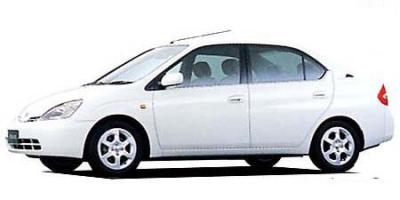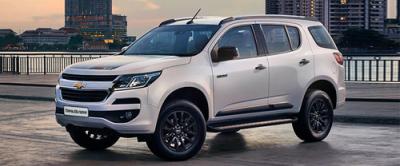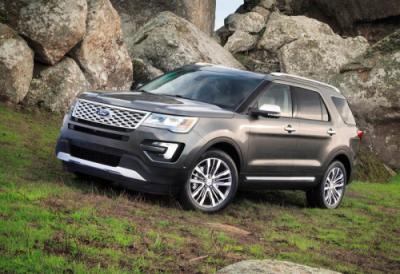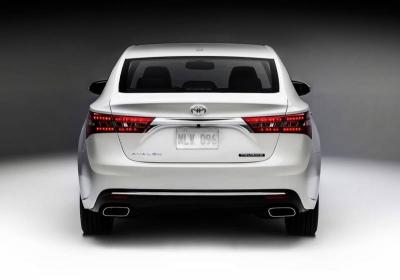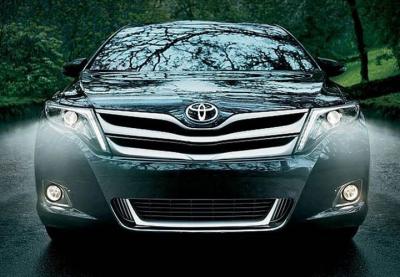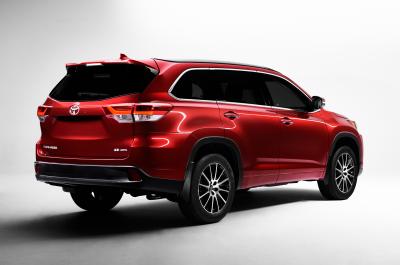
Meanwhile,
has slightly reshaped the headlights and exaggerated the corners of the bumper. Around back, the taillights have been redesigned and feature standard LED-lighting elements. Interior The Highlander's cabin design hasn't changed from 2016 to 2017, nor has its seating layout. However, it's now possible to equip the top Limited and Limited Platinum trim levels with 8-passenger seating thanks to a bench-style middle row in place of captain's chairs. The new SE also gets special interior trim. Mechanicals Although both the 2016 and 2017 Toyota Highlander both feature 3. 5-liter engines, their powertrains are actually different. The new-for-2017 V6 produces 295 horsepower and 263 lb-ft of torque, representing a considerable upgrade over the 2016's 270 hp and 248 lb-ft of torque.

The Highlander was already one of the quickest 3-row crossovers around, and this extra power should further solidify that distinction. The new engine also betters fuel economy thanks to a variety of clever engineering solutions within the engine itself, as well as a new 8-speed automatic transmission and an automatic stop/start system (standard on all but the LE V6) that shuts down the engine when the vehicle comes to a stop. As a result, the Environmental Protection Agency (EPA) estimates a 2017 Highlander V6 will return 21 miles per gallon in the city, 27 mpg on the highway and 23 mpg in combined driving. lowers the city- and combined-driving estimates by 1 mpg.
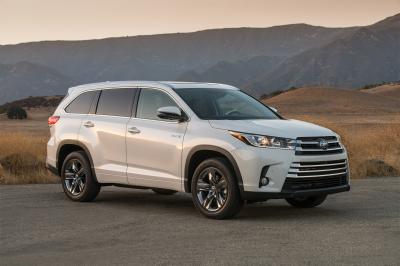
Aside from the HighlanderБs new standard safety technologies and its redesigned front end, the big news for 2017 pertains to a new drivetrain. Continuing from last year, the Highlander LE sticks with a modest 185-horsepower, 2. 7-liter 4-cylinder engine, a 6-speed automatic transmission, and front-wheel drive. You probably donБt want this version of the SUV. Instead, upgrade to any other trim level for a new 3. 5-liter V-6 engine featuring a new 8-speed automatic transmission. The engine gets both direct and port fuel injection systems, courtesy of ToyotaБs D-4S technology.
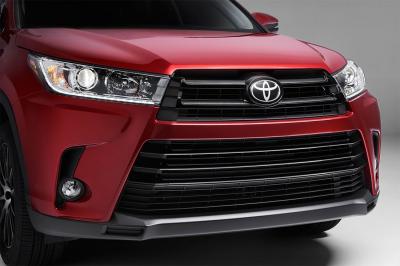
It is also equipped with automatic engine start/stop technology and whips up 295 horsepower and 263 lb. -ft. of torqueБgains of 25 horsepower and 15 lb. -ft. , respectively. The Highlander Hybrid also sees an uptick in terms of power output thanks to the new V-6 engine, increasing 26 horsepower to a combined total of 306. The Hybrid version continues to supply all-wheel drive as standard equipment, whereas it is an option with the V-6 engine. In addition to providing more power, another benefit of the new V-6 engine is improved fuel economy: EPA-estimated mileage ratings rise to 23 mpg in combined driving for the V-6 and 29 mpg for the hybrid.
During brief drives in a Highlander XLE, Highlander SE, and a Highlander Limited Platinum Hybrid, I was unable to match these figures, in part due to mountainous terrain and in part due to energetic driving without the SUVБs Eco driving mode engaged. Both the V-6 and the hybrid powertrains supply plenty of power, though. The Highlander Hybrid effortlessly zoomed up grades while returning close to 23 mpg, and if Toyota didnБt charge so much extra for the more efficient drivetrain IБd strongly recommend it. However, when gas is cheap and hybrid models are not, you should just get the V-6. The new Highlander SE comes with 19-in. wheels and tires as well as a sport-tuned suspension, and it proves more enjoyable to drive than the XLE version upon which it is based.
I think it looks better, too. Unfortunately, the interior comes only in uniquely detailed black leather. Still, if youБre seeking greater steering heft and improved control of body motions, the SE is the right choice. Most people, most of the time, will like the XLE the most. A little softer and equipped with what feels like lighter steering effort, the XLE is simple and easy to drive. Aside from a slight wavering in power delivery under part-throttle acceleration, I detected nothing amiss as far as driving dynamics are concerned.

